West Elm vs. Pottery Barn: What’s the Difference and Which is Better?
Wondering about the differences between West Elm vs. Pottery Barn? Here’s a breakdown that’ll help you figure out which store has the style, product range, and price point for your home.
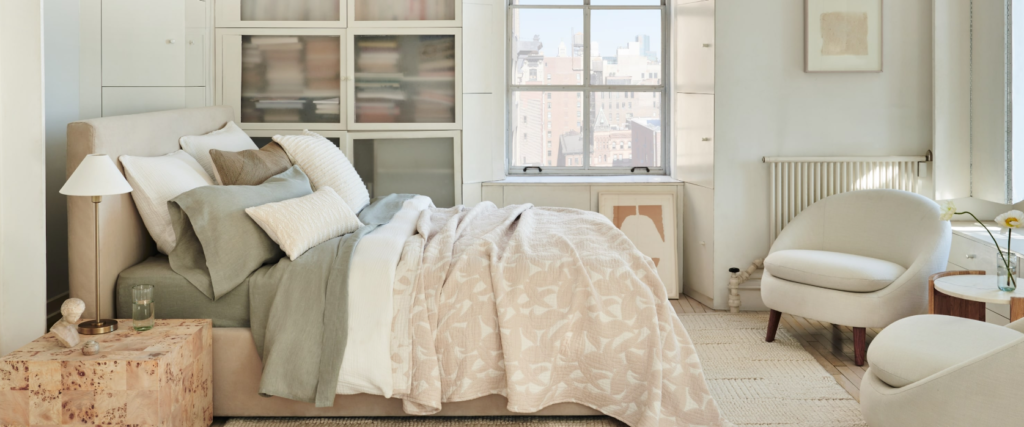
West Elm and Pottery Barn are two of the most popular furniture retailers in the U.S. They sell similar product ranges, like sofas, dining furniture, art, area rugs, and home accessories. And did you know that West Elm and Pottery Barn are even owned by the same company, Williams Sonoma Inc.?
At the same time, the stores are also quite different, particularly from a style standpoint. Personally, I think there is room for both brands under one roof, but it’s also nice to have an idea about which store to go to, and when.. Here’s an overview of the similarities and differences between these two popular furniture stores.
West Elm vs. Pottery Barn – An Overview

Pottery Barn is the older of the two retailers, and the better known. It was founded in 1949 in New York City, and has become regarded for it’s high-quality, but attainable style, especially when it comes to things like sofas, towels, and bedding.
West Elm is a newer retailer, founded in the early 2000s. The brand is contemporary, both from an aesthetic sense and an operating sense. West Elm is dedicated to creating furniture that’s sustainable, fair trade, and that supports local makers and businesses.
Store style – The big difference

Overall, the key difference between Pottery Barn and West Elm is the stores’ style. Each store has a distinct style that will naturally draw customers with certain aesthetics.
Out of the two, West Elm is by far the more modern and contemporary retailer. The furniture is more streamlined and midcentury, and the decor is trendier. You might find a sleek, low-profile leather sofa, or a sputnik-style chandelier, or an arm chair with an 80s-inspired silhouette. West Elm is also generally geared toward a younger or more urban audience, since there are more small-scale options suitable for apartments and townhomes.
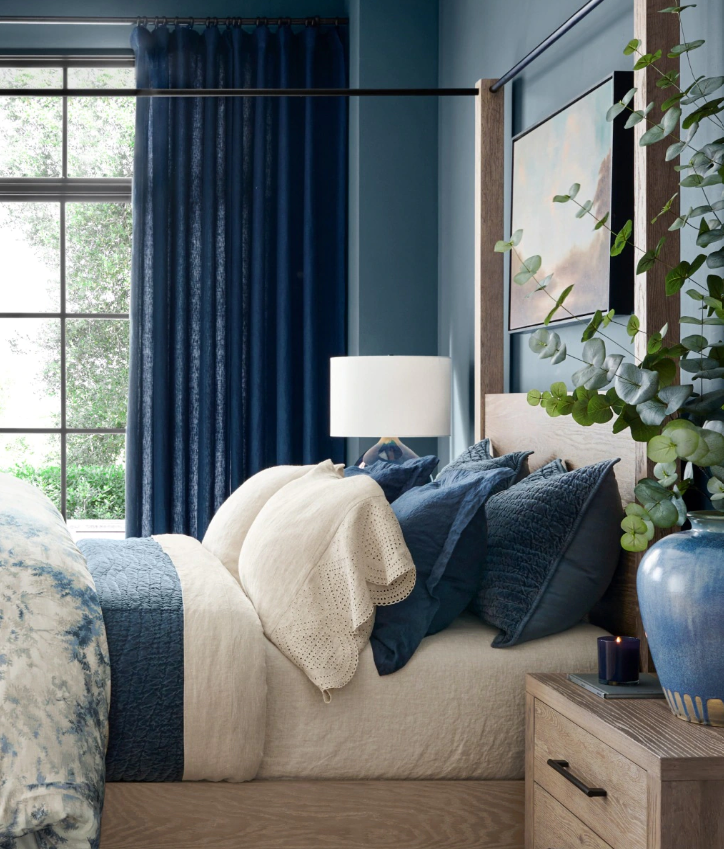
Pottery Barn, on the other hand, has a more rustic-traditional look, which is almost on the opposite end of the design spectrum from West Elm.
Pottery Barn’s furniture silhouettes are rooted in tradition. Think English roll-arm sofas, white slipcovered couches, or leather chesterfields. The color palette and patterns you’ll find at Pottery Barn are also more restrained and classic. You’ll be more likely to find throw pillows in a classic navy blue stripe, or a tartan plaid than an abstract print or a bright pink upholstery. Overall, the scale and proportion of the furniture is larger, too.
West Elm vs. Pottery Barn: What they sell
As I mentioned, selection is an area where Pottery Barn and West Elm are similar, since both stores sell a similar range of product.
At West Elm and Pottery Barn, you’ll find:
- Living room furniture, like coffee tables, and customizable sofas and armchairs
- Dining room furniture
- Bedroom furniture
- Storage furniture
- Kids furniture
- Area Rugs
- Throws and throw pillows
- Bedding
- Towels
- Art & mirrors
- Home accessories like vases, bookends and decorative objects
- Flatware and dishes
- Lighting
- Kitchen and bathroom decor and accessories
- Holiday decor
Of the two, Pottery Barn has a larger kids selection thanks to its Pottery Barn kids offshoot.
West Elm vs Pottery Barn: Price and quality
The price points for West Elm and Pottery Barn are almost identical. Both retailers offer moderately priced decor and furniture that isn’t dirt cheap, but also isn’t overly expensive. In some categories, like rugs and sofas, however, Pottery Barn items tend to be more expensive than West Elm.
Floor lamps at both stores, for example, typically cost between $200-$600. An 8′ x 10′ rug costs about $800 – $1500 at Pottery Barn, and $599 – $899 at West Elm.
Quality between the two brands is also comparable, especially when it comes to accents, lighting and decor.
Pottery Barn is better known for its upholstered items, like sofas and armchairs, as well as for it’s towels and bedding than West Elm is, however.
West Elm vs. Pottery Barn: Sustainability
Sustainability is a crucial concern for consumers these days, so I’m happy to report that both West Elm and Pottery Barn are making efforts to reduce their environmental footprint.
Pottery barn has a goal of planting 6 million trees by then end of 2023, and is on track to be 100 percent carbon neutral by 2025. They also offer a wide range of FSC certified wood furniture, organic cotton items, and items made with recycled fibers.
West Elm has similar goals. 100 percent of the brand’s all cotton bedding and bath towels is sustainably sourced, as is 52 percent of the company’s wood furniture. The brand is also on Barron’s list of 100 most sustainable companies.
Which brand is better, Pottery Barn or West Elm?
Choosing the better brand all comes down to style. The right brand for you will depend on whether you like modern or traditional furniture. If you prefer a modern look, you’ll like West Elm best. If your style is more classic, Pottery Barn is the store for you.


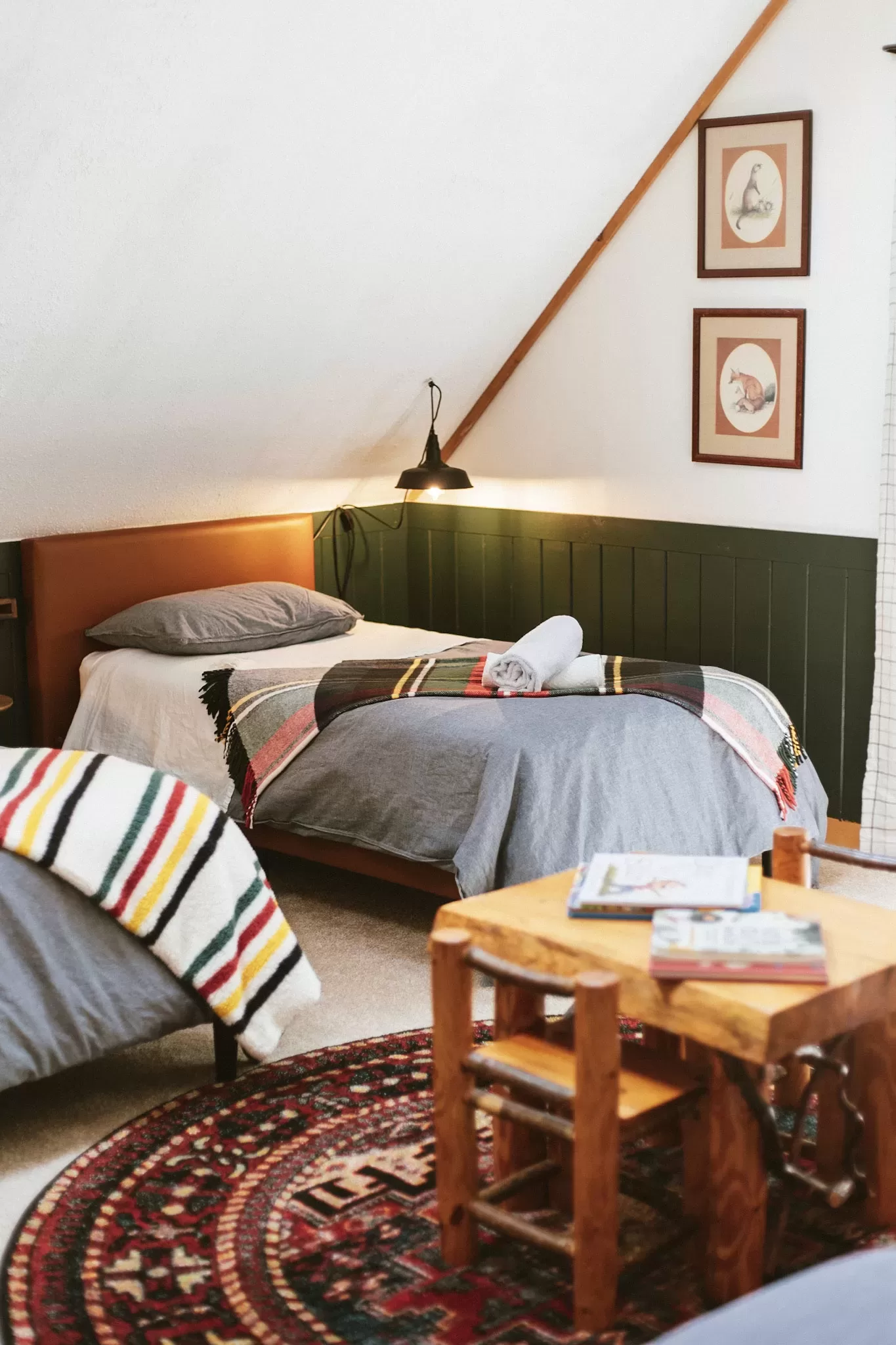
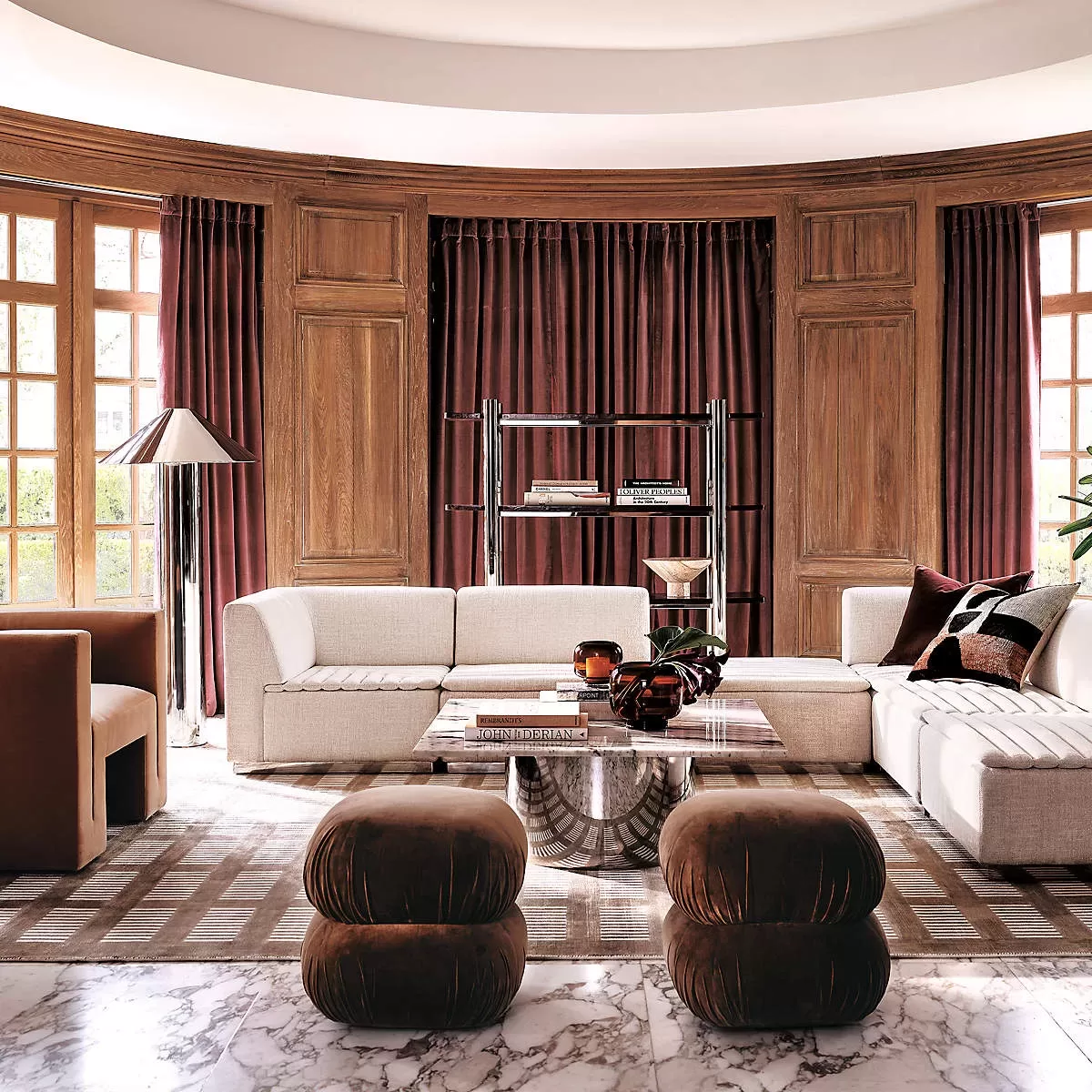
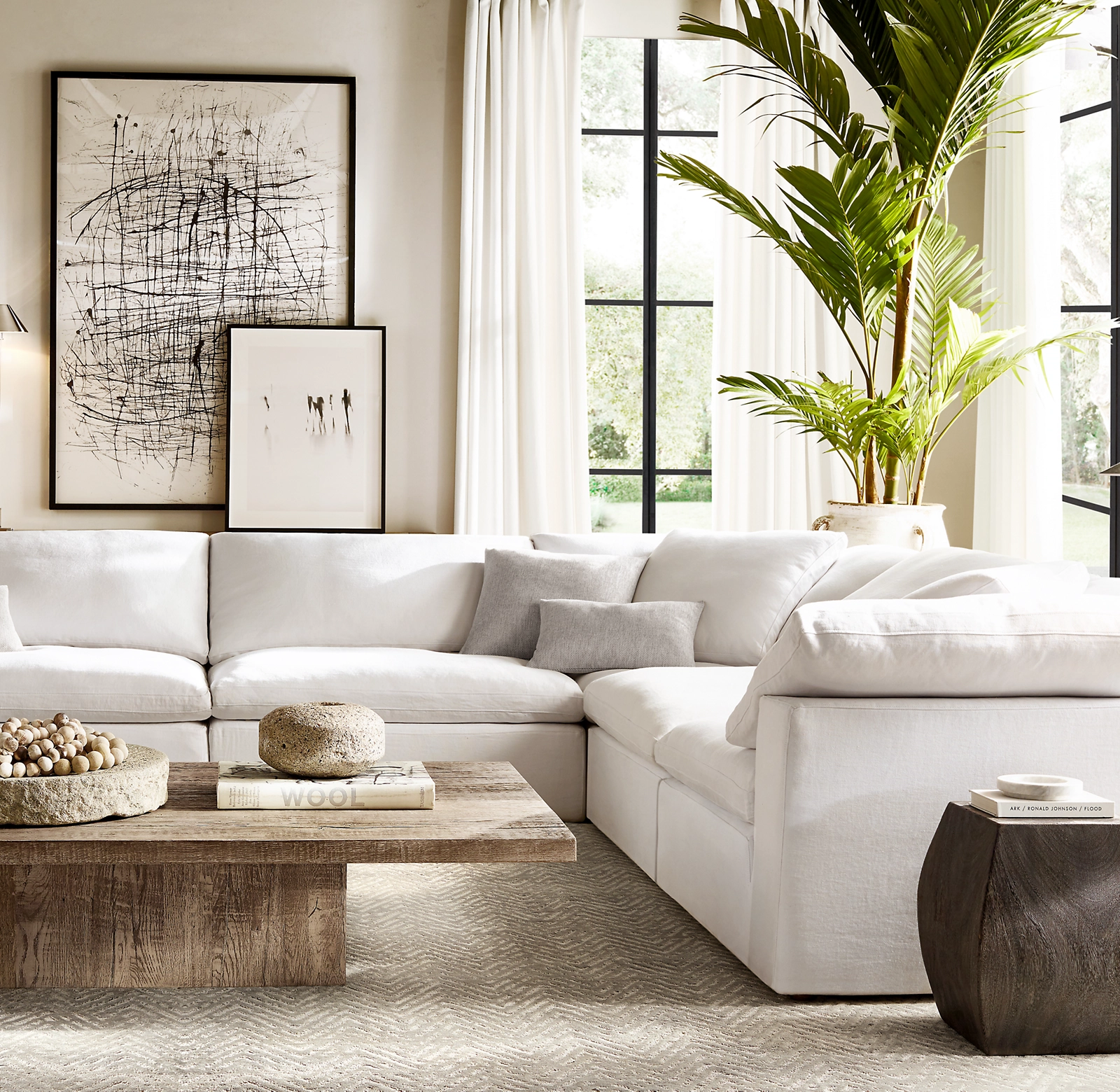
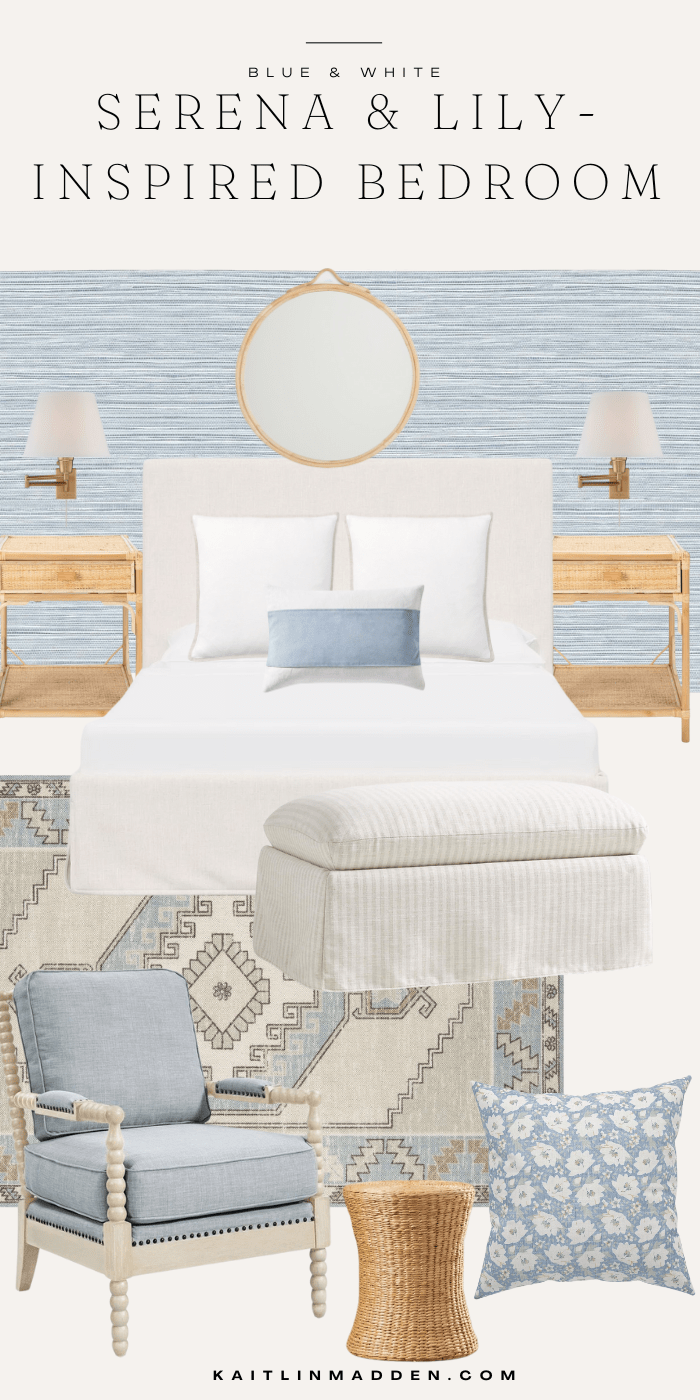

You can certainly see your expertise within the paintings you write. The sector hopes for more passionate writers such as you who are not afraid to mention how they believe. Always go after your heart.